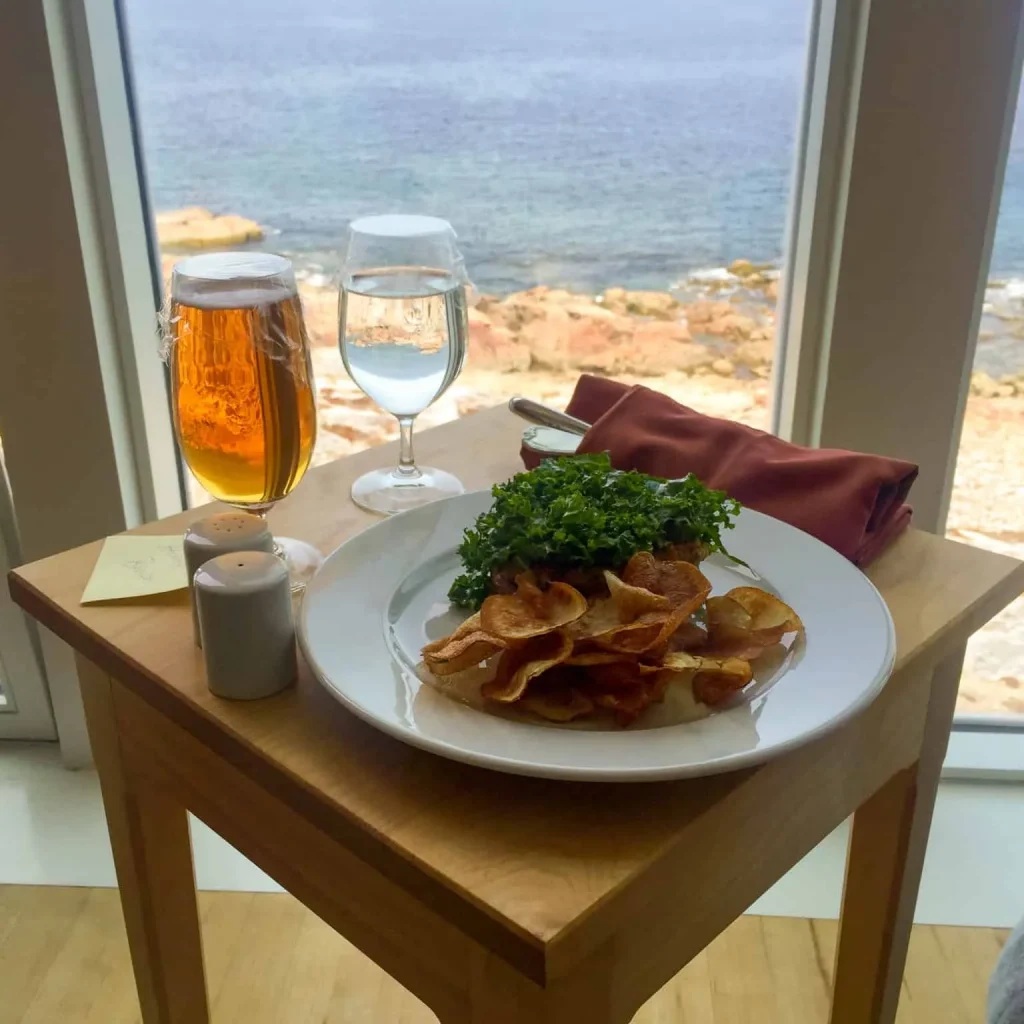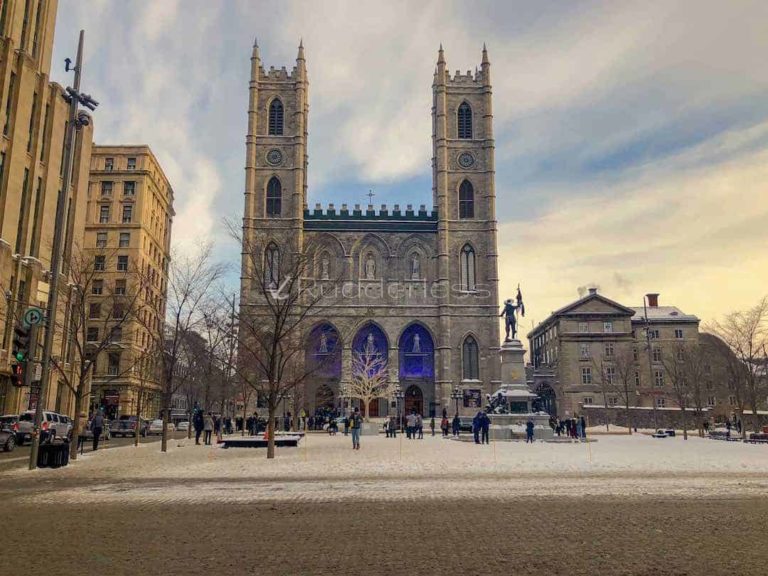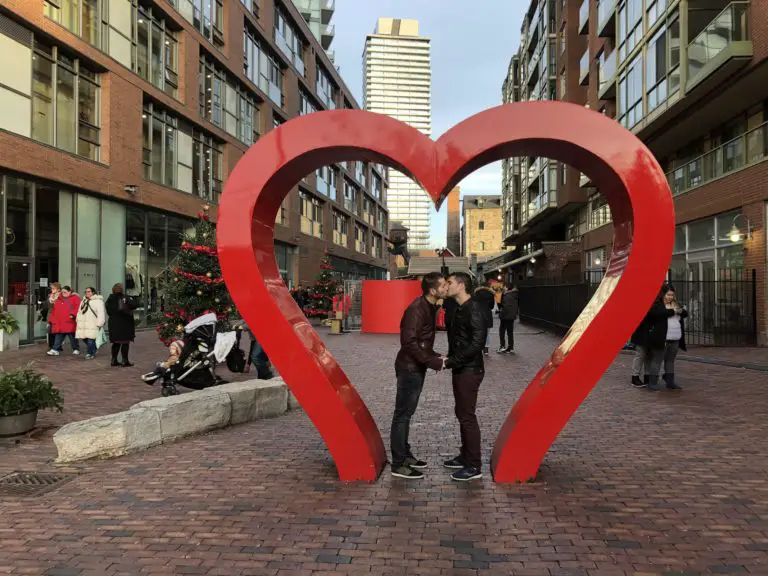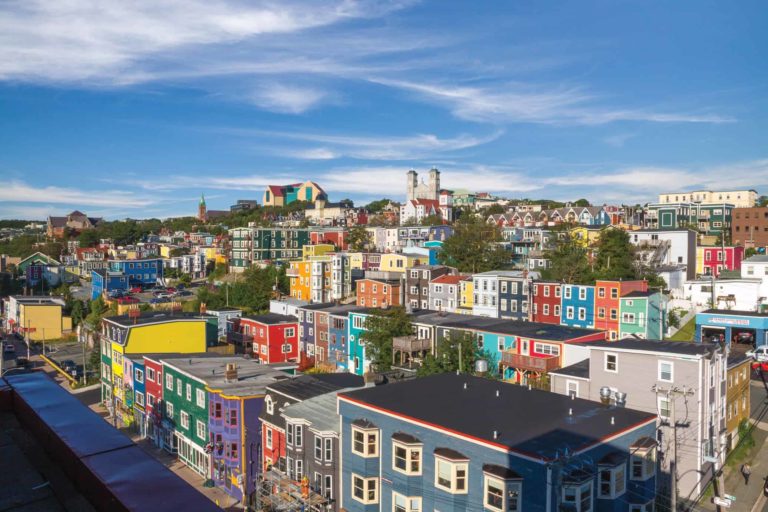36 Hours On Fogo Island Newfoundland & Labrador
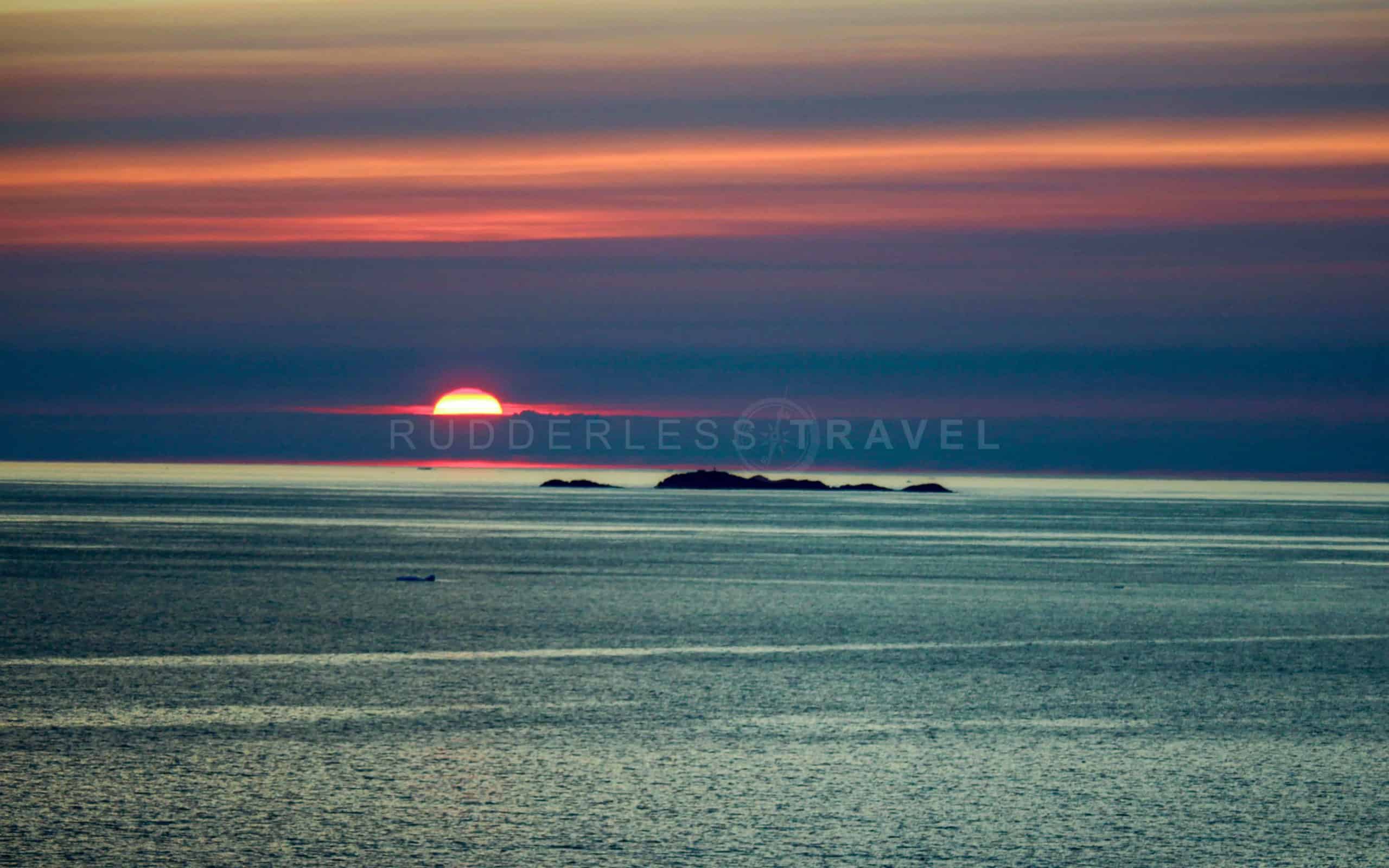
Fogo Island Newfoundland & Labrador. I’m not even sure how I ended up here.
Oh, wait I remember. My brother wanted to stay in the Fogo Island Inn.
Yes, that Fogo Island Inn!
Breath-taking. Elusive, Remote. Exclusive.
It’s the sound of the North Atlantic Ocean gently strumming at the shore a few feet from a large window that looks out to a sun setting on the horizon.
It’s where Humpback whales pass you by, waving and smiling like that good neighbour across the street about to head off to work.
It’s the type of place where icebergs lazily drift by, rudderless (like me), with all the time in the world.
It’s the type of place where you take a long, deep and thoughtful breath of the salty, ocean breeze – let it fill up your lungs and free your soul.
It’s the type of place you go to get lost… Or get found.
If you’re looking for a trip to slow down, center yourself, and bask in the calm of nature, Fogo Island in Newfoundland CA might be just the place.
Keep reading for my 36-hour itinerary for Fogo Island.
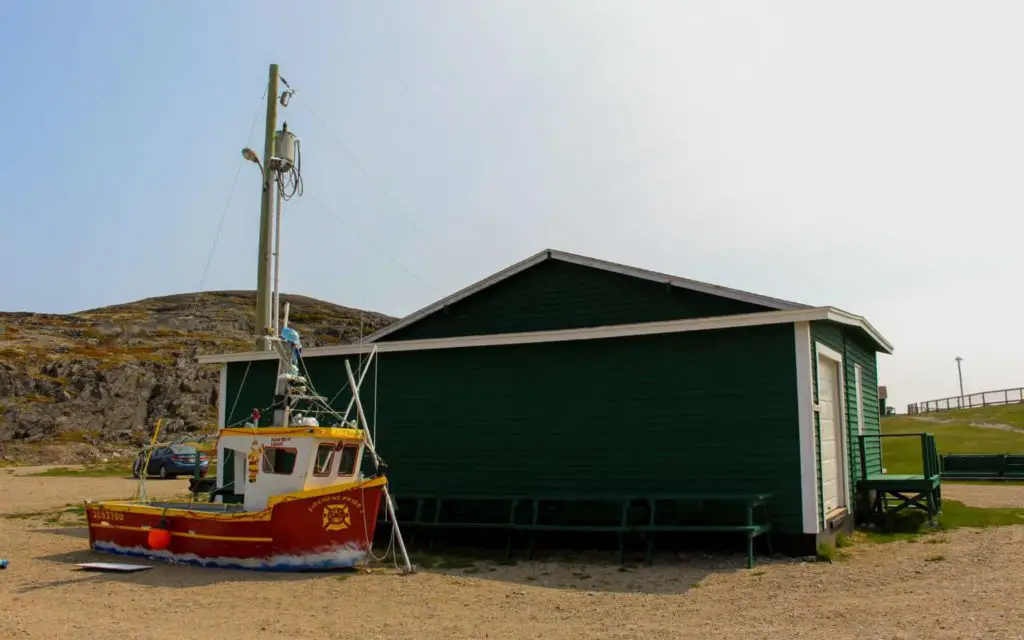
The History of Fogo Island, Newfoundland
- Fogo Island is a haven for artists, who come from around the world to be inspired by the island’s natural, raw beauty, and believe me, it’s not that hard to get inspired.
- An old Bertius map from 1606 labels Fogo Island as one of a dozen important features around Newfoundland’s coast.
- On French maps from the 16th to 18th centuries, the island is called Ile des Fougues.
- Portuguese explorers named the island in the 16th century, and Fogo means Fire in Portuguese.
- The indigenous Beothuk people were on Fogo Island for hundreds of years before Irish and English came. They hunted seal and salmon and travelled out to the Funk Islands to collect feathers and eggs from the birds.
- From about 1850, cod was king, but now crab and lobster have replaced the cod fishery.
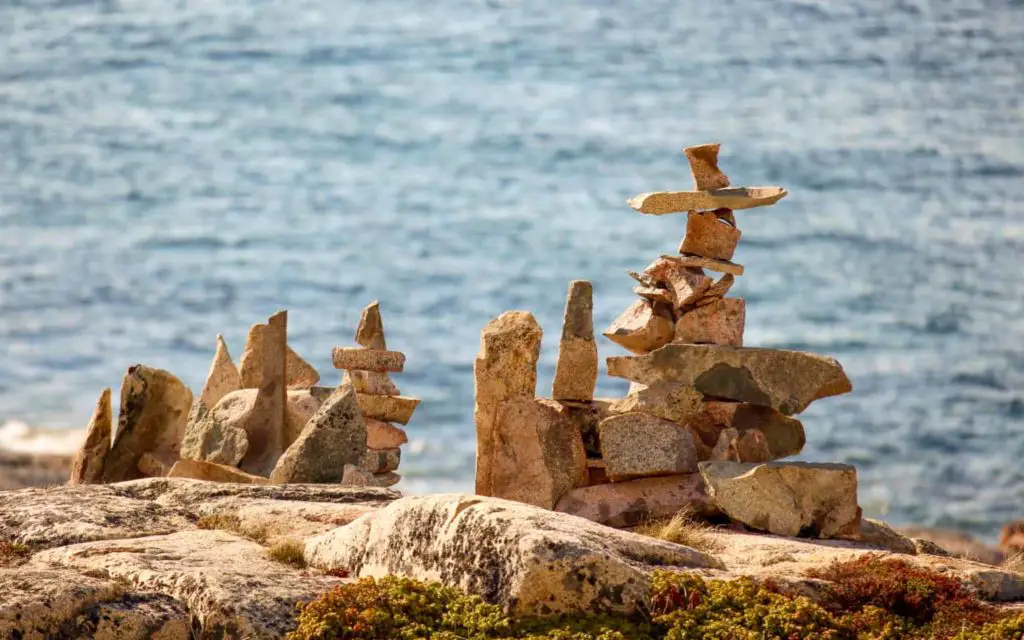
Getting To Fogo Island
Fogo Island is one of the larger islands here in Newfoundland and Labrador and getting there is pretty straightforward.
Plane
From St. John’s International Airport you will take this very, very very small airplane to Gander International Airport.
Interesting Side Note: Gander Airport took in over 6500 displaced airline passengers after the World Trade Center attacks on September 11, 2001. The hit musical, Come From Away tells this story!
Car
From Gander, take Highway 320 to 331 then 311 to 355 to the Fogo Ferry in Port Albert.
Ferry
Once in Port Albert, you take the Fogo Island – Change Islands – Farewell Ferry (check the Fogo island ferry schedule HERE).
After your ferry ride, you will end up at Stag Harbour on Fogo Island.
If you’re staying at the Fogo Island Hotel you can opt to leave your car at Port Albert as Fogo Island Hotel will send a car to pick you up. If not bring your car with you on the ferry.
Charter Flight
If you have a few $$$$$ to spare, the absolute fastest way to get to Fogo Island is to take a charter flight from St. John’s. More on that HERE


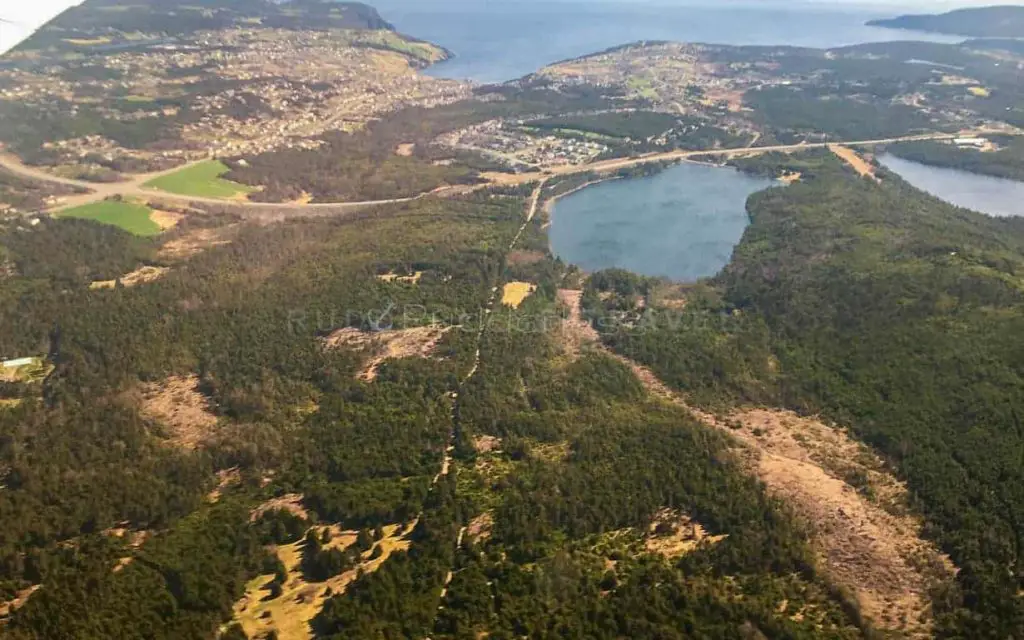
Fogo Island Hotels
Fogo Island Inn
The Fogo Island Inn is a really cool, Nordic-style, luxury hotel, mixing traditional and modern, and sits on stilts at the foot of the Atlantic Ocean. It has some incredible services and one of the best restaurants in Canada – this according to EnRoute magazine.
The restaurant serves gourmet cuisine infused with traditional resources the island has to offer, as well as goodies from the Inn’s own gardens. Fogo Island Inn boasts 29 one-of-a-kind guest rooms and suites, each with floor-to-ceiling windows that overlook the Atlantic Ocean. Absolutely NOTHING beats falling asleep and waking up to the sound of the ocean.
It was one of the most memorable things for me!
The Fogo Island Inn is the brainchild of Zita Cobb, who realized the island needed a self-sustaining economic solution instead of relying on the island’s unpredictable fishing industry. The inn has since become a community asset, and 100% of operating surpluses are reinvested back into Fogo Island, securing a sustainable future.
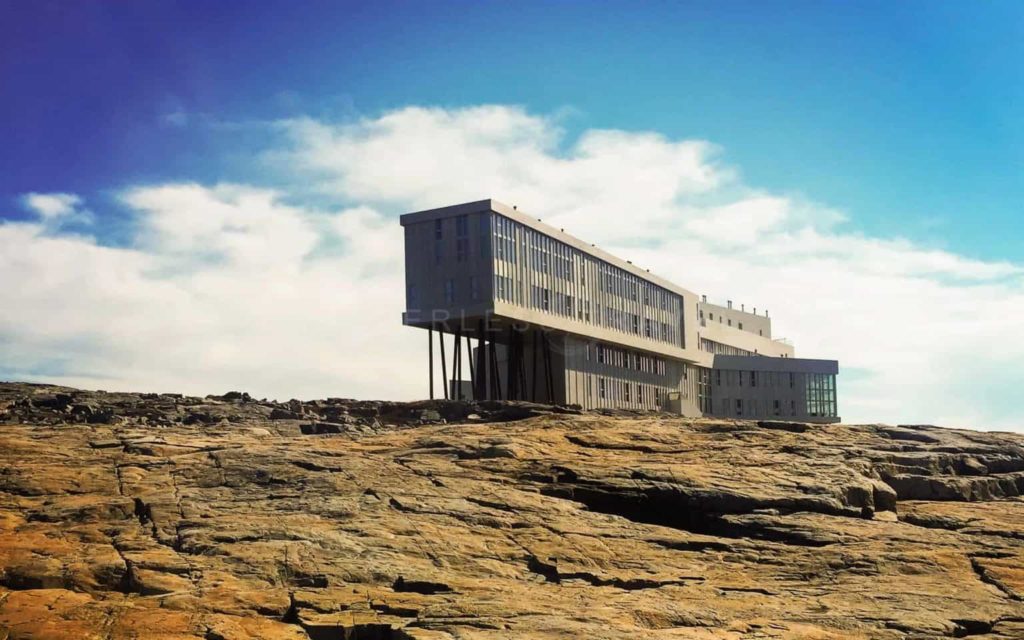
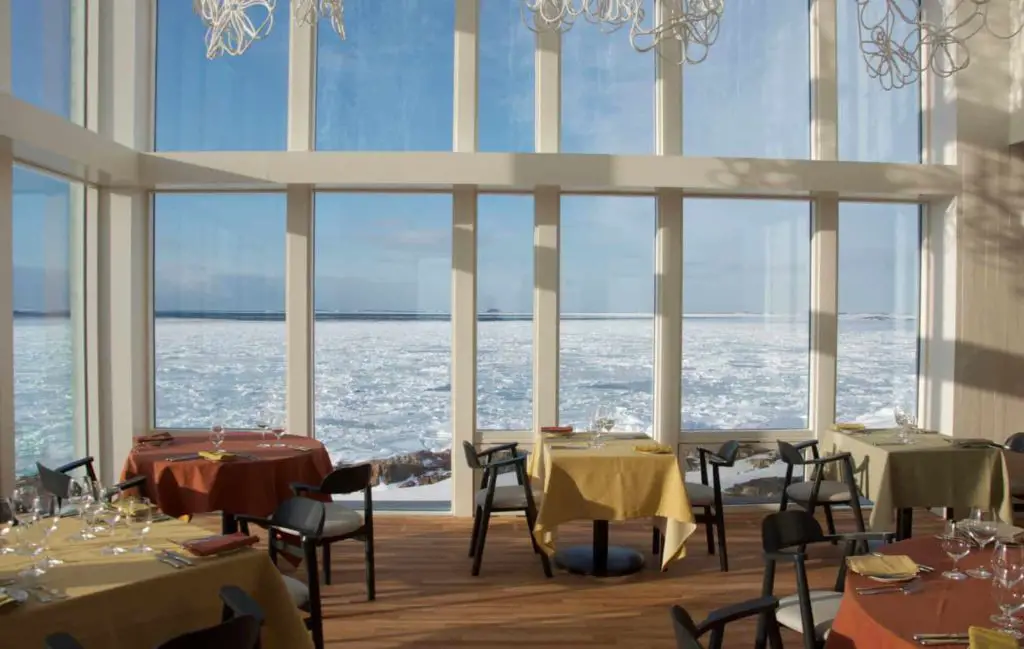
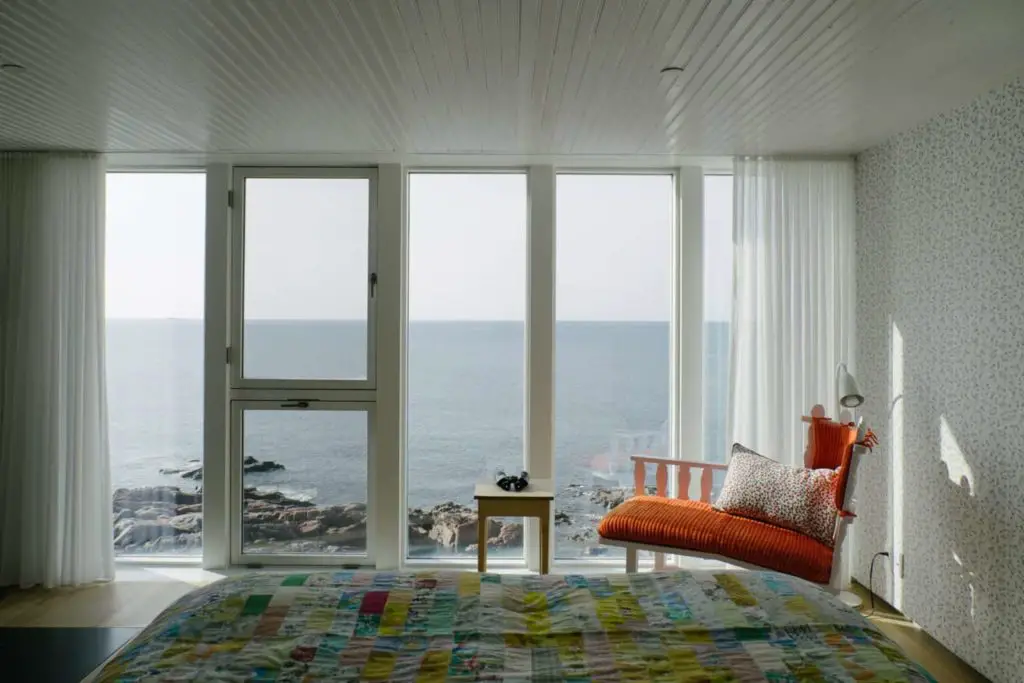
My brother and I arrived at the Inn just as brunch was rolling into lunch. We knew we needed to get some food in us with a packed day ahead before we headed out.
Executive Chef Jonathan Gushue leads the Inn’s culinary team, and together they use ingredients specific to Fogo Island. The menu changes seasonally (seven seasons to be exact) and even daily.
North Atlantic ingredients that are fished, farmed, and foraged locally as Fogo Islanders’ lives are arranged around foodways.
My brother and I ate Cod Belly, Grain Salad, Lobster Salad, and Blueberry Crumble washed down with a beer for brunch. The beer Iceberg comes from the Quidi Vidi Brewery, and rumour has it that the Iceberg beer uses the water from the very icebergs floating in iceberg alley.
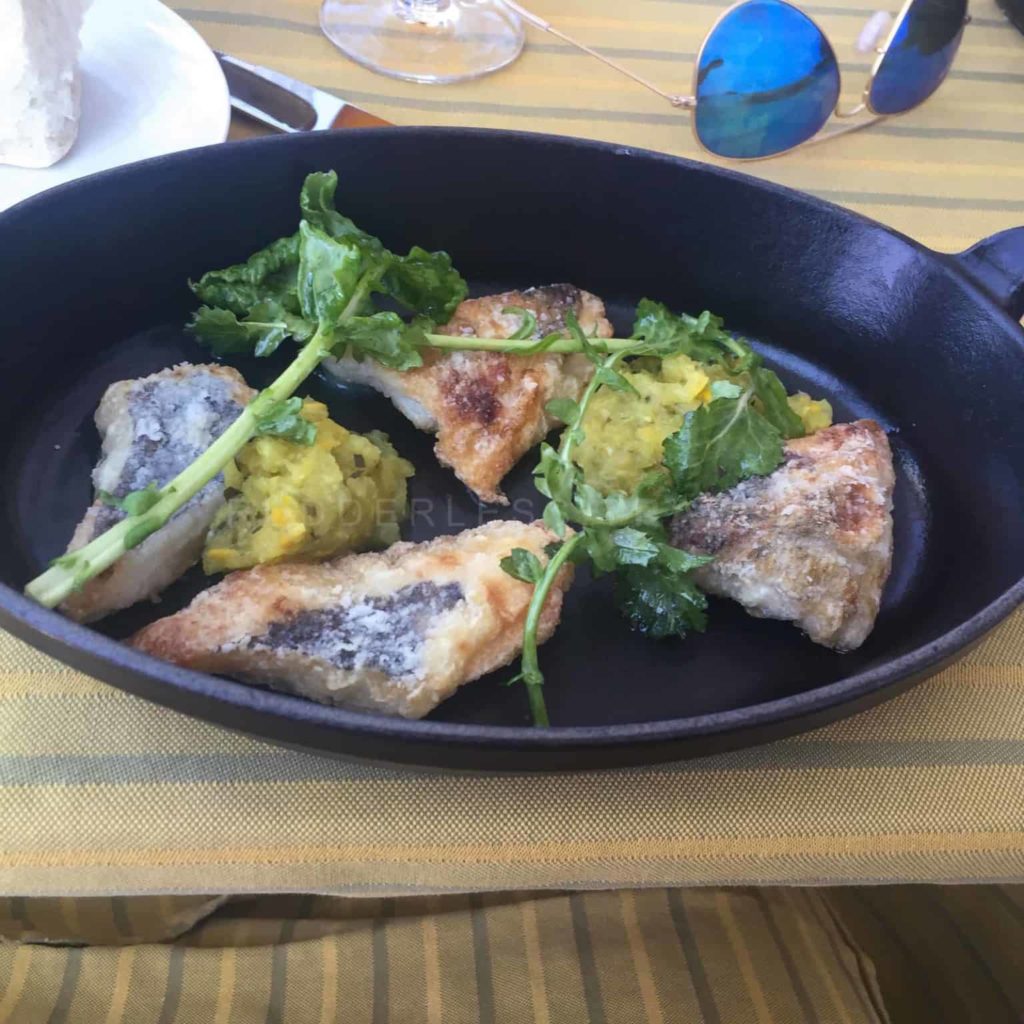

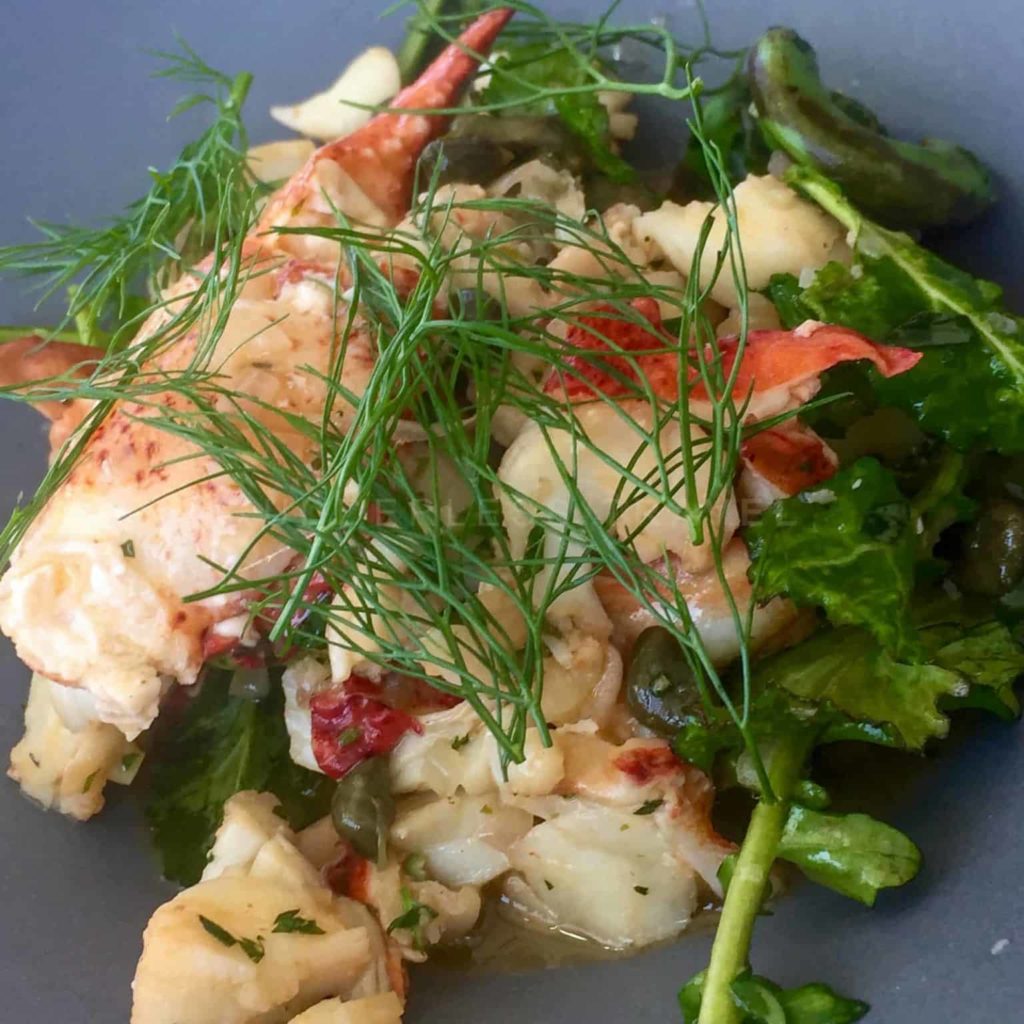

Fogo Island Itinerary: Day 1
Explore Joe Batts Arm Community & Nature
Located along a rugged coastline is this picturesque cod fishing community with strong cultural and traditional values. The first European settler, a man named Joseph Batt, and possibly a deserter of Captain James Cook in the 1750s settled here. The community, which is shaped as an inlet was called an ‘Arm’ in those days and since the community loved Joe so much they gave it the name Joe Batt’s Arm.
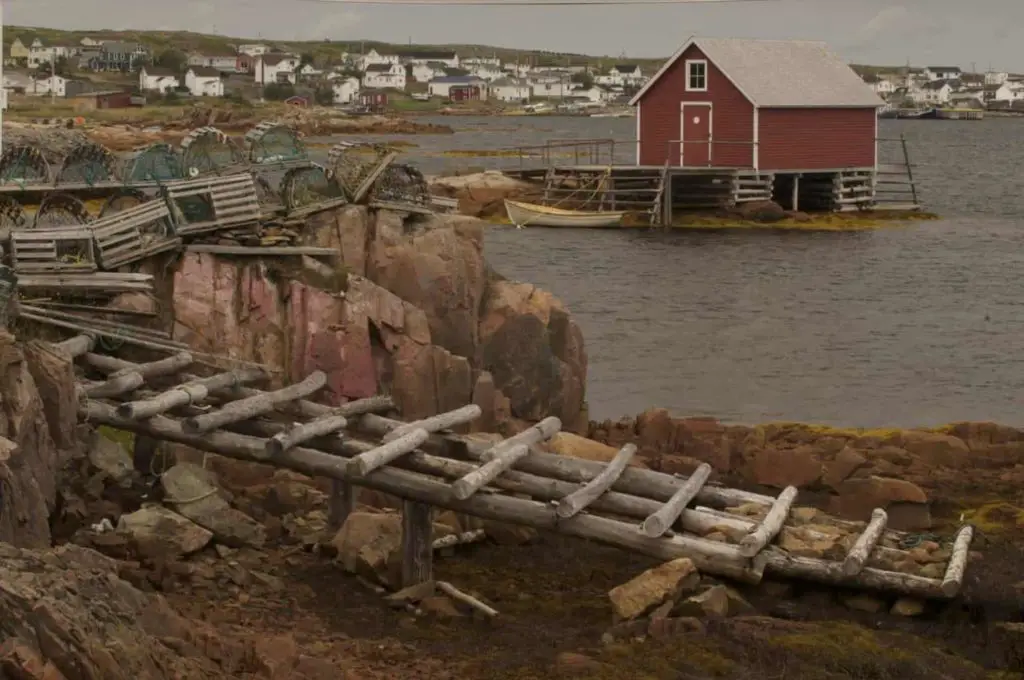
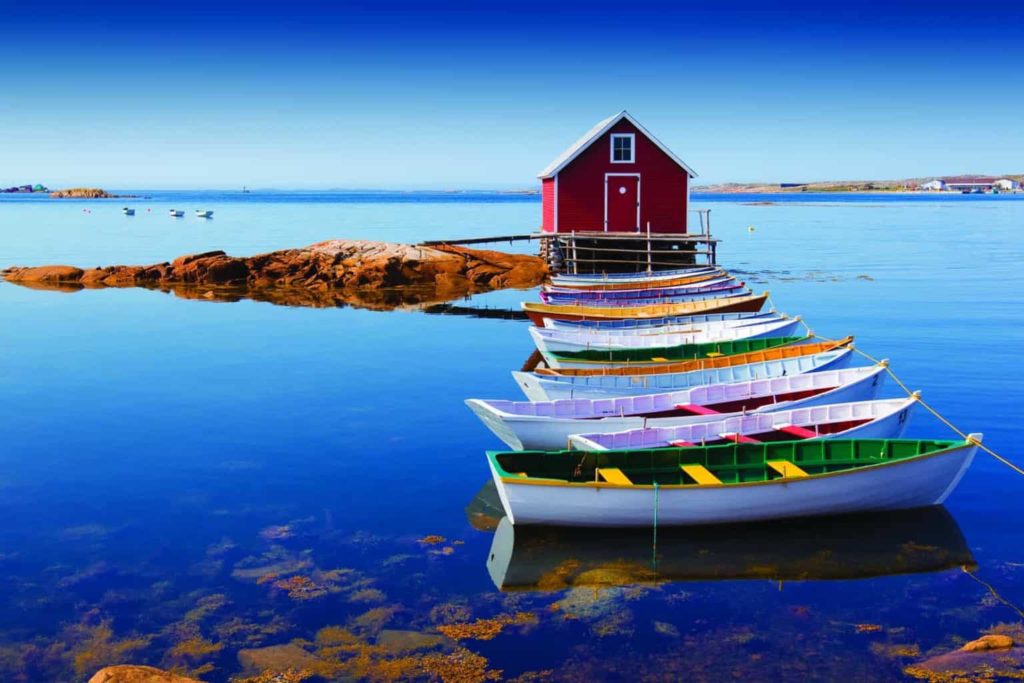
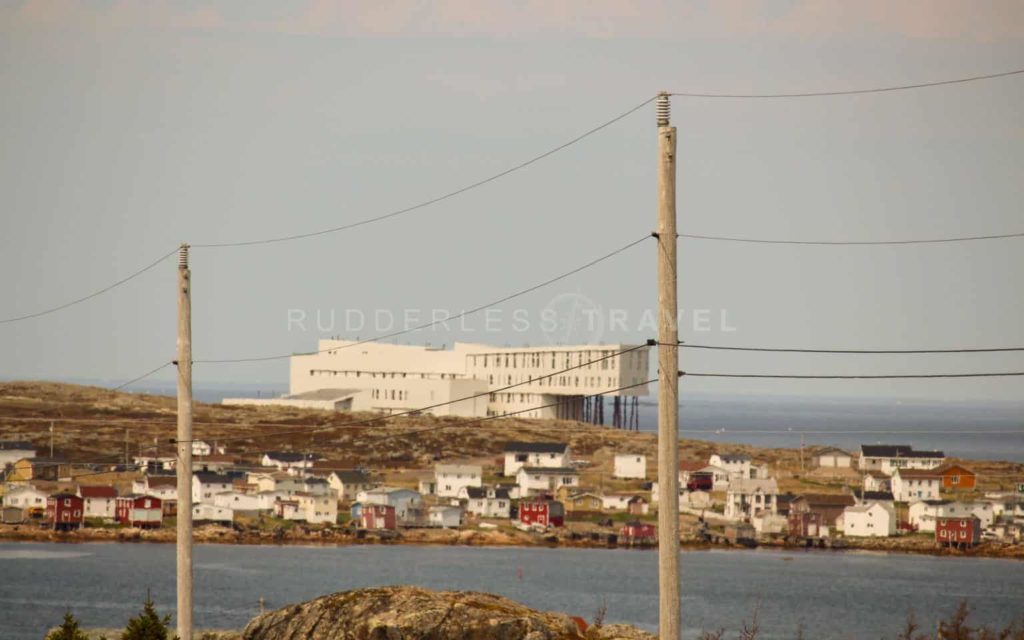
Etheridge’s Point Park
The perfect time to visit this beautiful seaside location is the first week of August during the Etheridge’s Point Annual Seaside Festival. Beautiful scenery and classic East Coast hospitality followed by music, song and dance.
Joe Batt’s Point Trail
For those who want to get a quick hike in to start the day. Fogo Island has several walking/hiking trails, some of which I’ll include in this post but located in Etheridge’s Point Park is Joe Batt’s Point Walking Trail. It’s a 4.6 km, round trip, a beautiful coastal trail that is easy to moderate – just how I like it!
With windswept shorelines, scenic coastal views, breathtaking views of the Atlantic Ocean – often littered with icebergs, depending on the season. Down the Shore’ (as the locals say) you will spot sea-birds, fishing boats and maybe some whales or salmon breaching.
An archaeological dig site, one of Shorefast Foundation’s artist studios, the Long Studio and traditional gardens, still in use are also located on the trail. Towards the end of the trail, you’ll find and a bronze monument dedicated to the now extinct Great Auk
Again I can’t emphasize the freshness and purity of that saltwater breeze. Take it all in!!
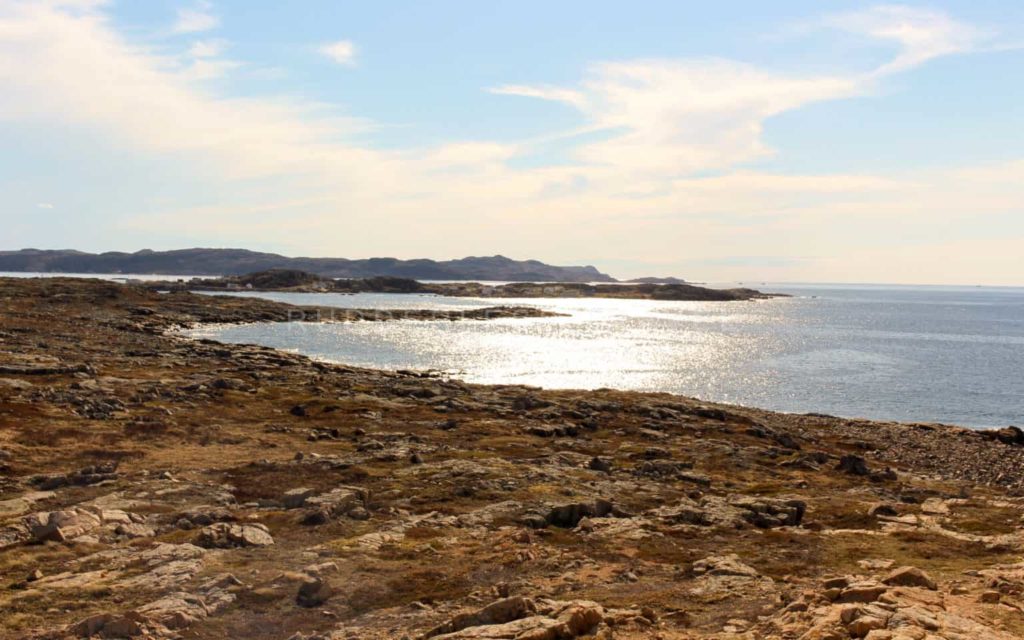
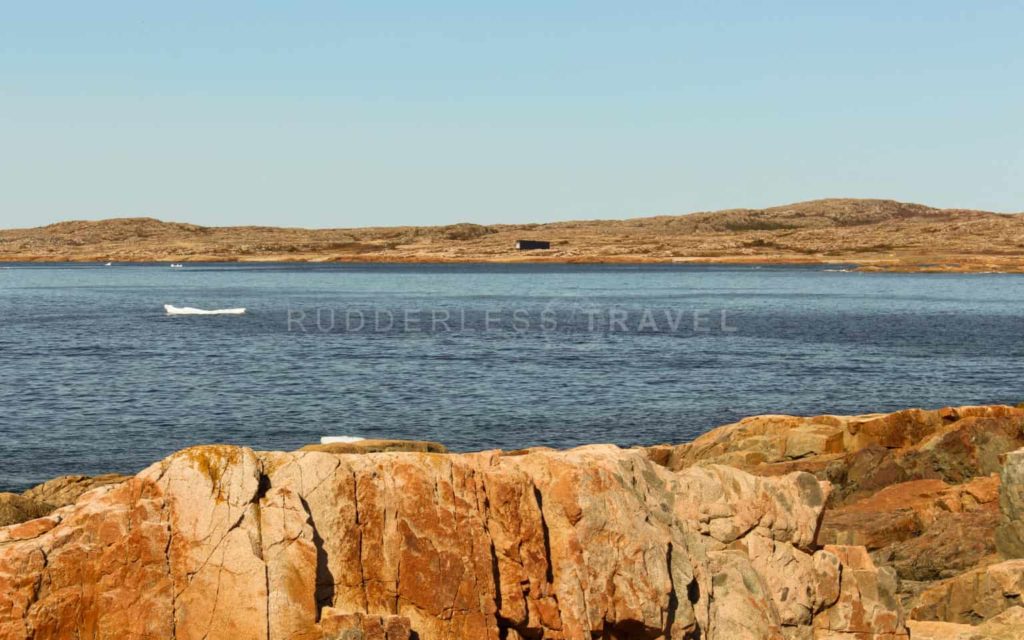
The Great Auk Sculpture
As you reach the end of Joe Batt’s Point Trail you will be greeted by a Great Auk. The great auks was a flightless bird that grew up to be about 30 inches tall and powerful swimmers often compared to penguins – though they are not related.
Revered by Aboriginals and hunted by European colonists as a food source and for their coveted down feathers. Demand was so high the seabird went extinct, the last one sighted in 1852.
The chilling, weathered bronze sculpture of the vanished bird serves as a memorial by American artist Todd McGrain, as part of his Lost Bird Project.
The Great Auk Sculpture looks towards the Funk Island Ecological Reserve where it once thrived.
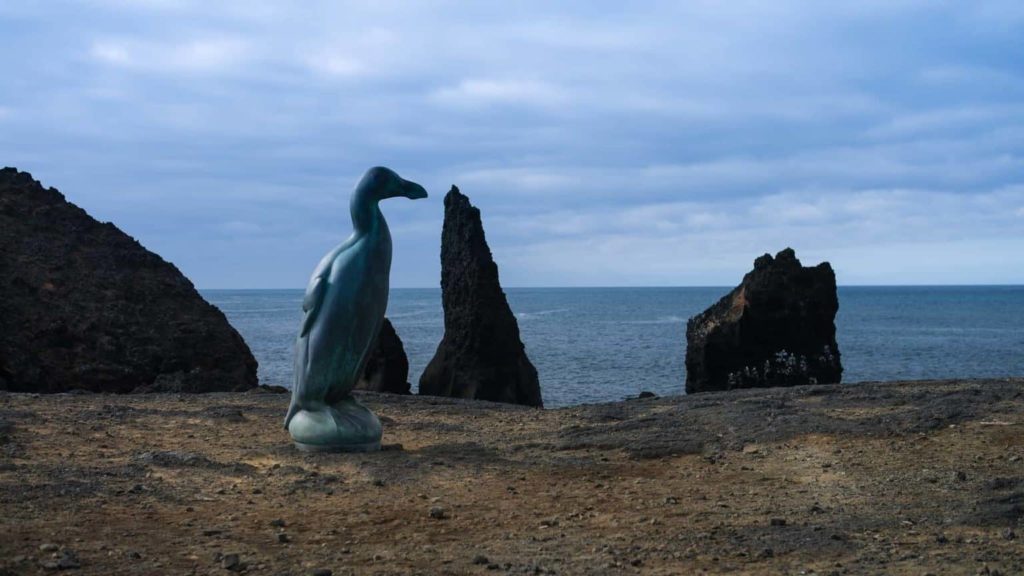
The Witches Foot
One more thing. The infamous Witches Foot
Legend has it that in the mid-late 1700s, the people of Joe Batts’ Arm went on a witch hunt to banish any and all remaining Witches from their community. When they ran into the most powerful witch of them all they tried to corner at the edge of the sea on Etheridge Point. In order to escape the mob, she jumped to an island in the middle of the harbour leaving behind her molten footprint in the rock – six toes and all.
Fogo Arts Residency
Along with all that cultural richness, Fogo Island has to offer it also has a taste for arts. If you are a fan of the arts and humanities, you can visit the Fogo Arts Residency which is an art venue that features multiple artists who perform through different mediums like painting, dancing etc.
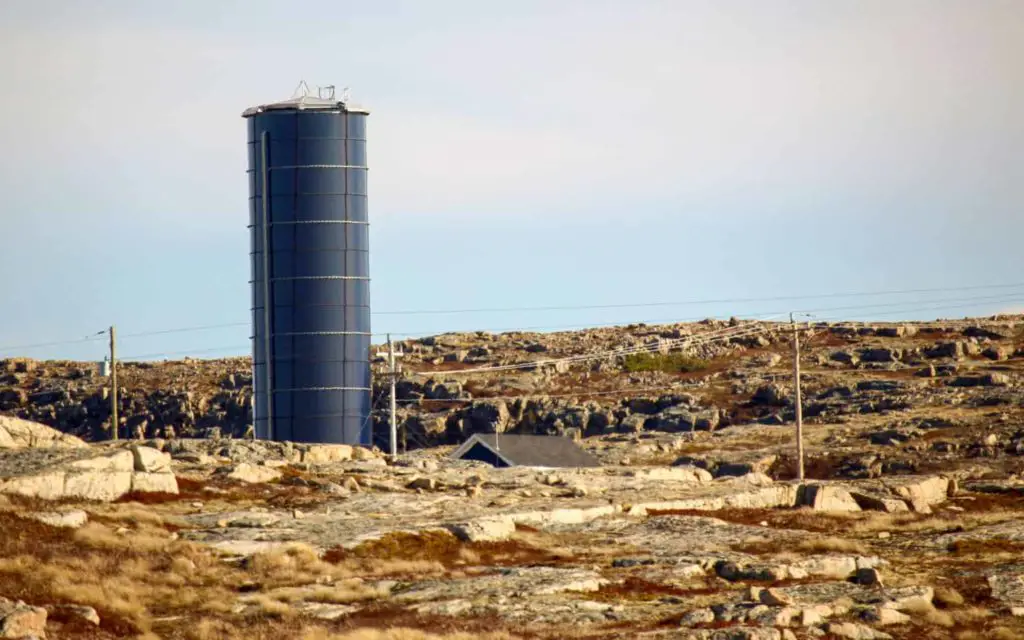
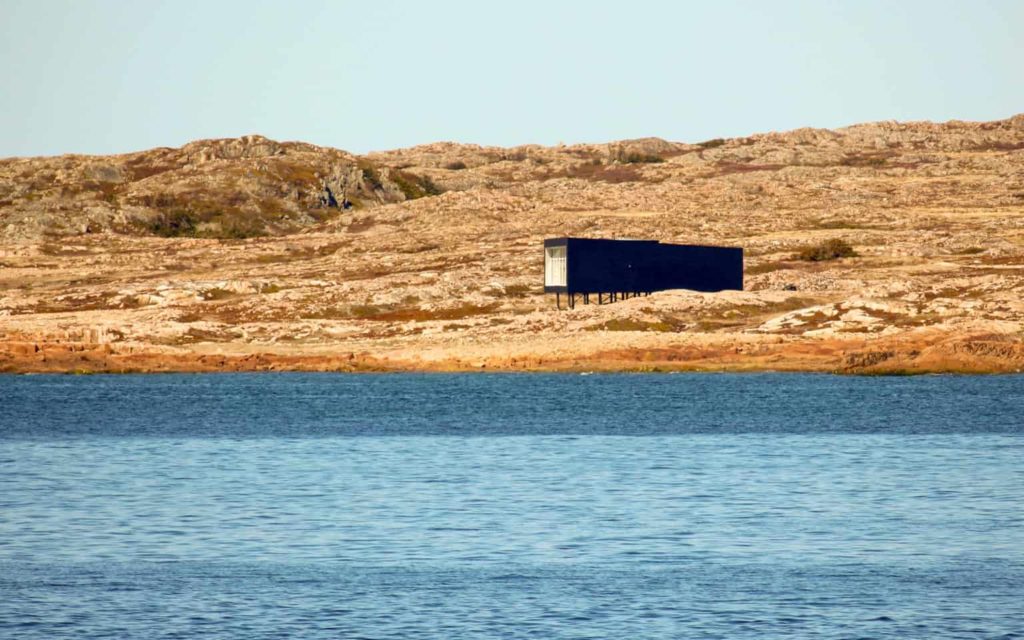
Growlers Homemade Icecream
After a few hours of hiking and witch hiking on your way back towards Fogo Island Inn, make a quick stop at Growlers Homelamde Icecream. It’s homemade, churned right on the spot with local Fogo Island flavours like the ubiquitous Partridge Berry. How about a Blueberry & Partridgeberry Jam Tart or one scoop of Jam Jam and Custard’s scoop?
Believe it or not, they also sell by the tub, which I would love to take home with me if I didn’t live 2027 kilometres away.
That said, it’s probably for the best as I don’t have enough self-control around ice cream.
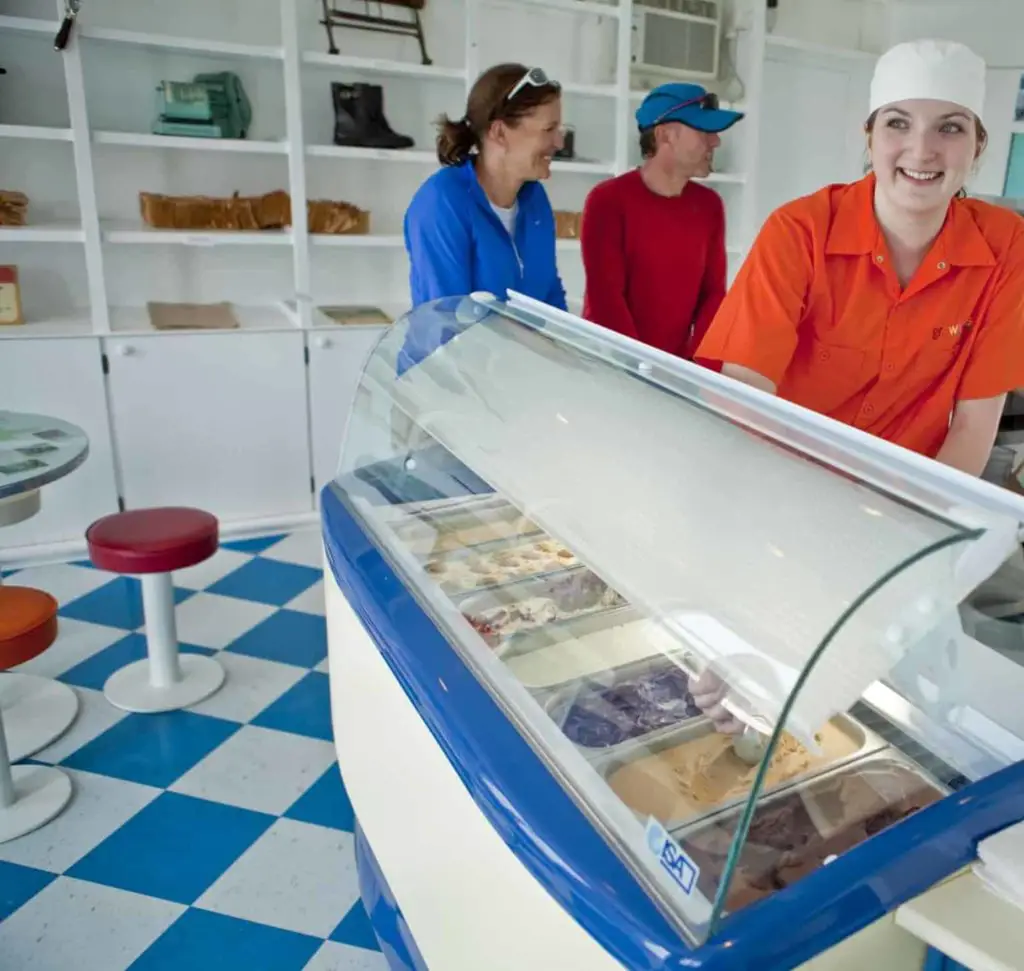
Brett House Museum
The original section of the Brett House – which is at the back of the present structure, was built in the early 1870s by John Brett and was once located across the street from the current structure. In 1909 the structure was moved back across the road when Charles Brett began an addition, completed in 1913.
Charles, a fisherman and his wife Matilda, had nine children, which all grew up in the house. Framed pictures of each family member hang in the central hallway.
The house was last occupied by Charles and Matilda’s son Charlie, who died in 1997, leaving the building and its contents to the town, which is now a community museum. The Brett House and Outbuildings are beautifully constructed and well-preserved. As of October 2, 2003, they were designated as Registered Heritage Structures by the Heritage Foundation of Newfoundland and Labrador.
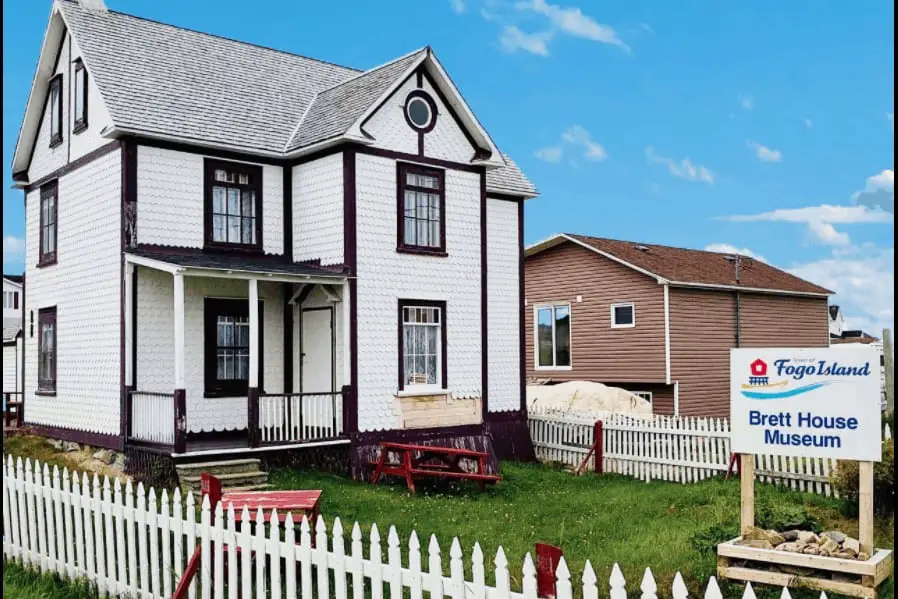
Iceberg Alley
Around 640km off the coast of Newfoundland, an iceberg sunk the Titanic back in 1912 and I feel that perhaps they – as in the icebergs, have earned a bad rep.
But they are so damn beautiful to look at especially since about 10% of the berg is visible and 90% is hidden beneath the water’s surface.
These 10,000-year-old icebergs are the edges of glaciers that have broken off into the ocean. About 90% of the icebergs seen off Newfoundland and Labrador come from the glaciers of western Greenland, while the rest come from glaciers in Canada’s Arctic. Iceberg Alley stretches from the coast of Labrador to the southeast coast of Newfoundland from spring to early summer and the further north you go the season extends a bit to include May and early June.
Some of the popular places along Iceberg Alley include:
- St. Lewis
- Battle Harbour
- Red Bay
- Point Amour
- St. Anthony
- La Scie
- Twillingate
- Change Islands
- Bonavista
- St. John’s / Cape Spear and Bay Bulls / Witless Bay
- And of course here on Fogo Island
You can see them from the shore but the absolute best way to watch icebergs are by boat tour or kayak. If you really happen to be passionate about icebergs visit IcebergFinder.com which actually tracks their live location.
A really good friend of mine and Toronto native, Kevin Wagar and his family the Wandering Wagarswere up in St. Anthony & Twillingate chasing icebergs like tornado hunters chase twisters. They manage to catch some incredible footage in their posts: Spotting Icebergs in St. Anthony, Newfoundland & Up Close and Personal with Icebergs in Twillingate.


Dinner & Falling to sleep by the ocean
Executive Chef, Jonathan Gushue and his team, continue to bring together nature and culture through his dishes, which we got a sense of with this evening’s dinner service. Mussels, Scallops, Braised Beef and another classic beer from the St, John’s based Quidi Vidi Brewery called Honey Brown.
Falling asleep to the sound of the North Atlantic Ocean as it gently caresses the shore is like having your mother or grandmother gently rock you to sleep. The only thing lighting up the otherwise pitch-black night sky is the moon, the stars and their reflections on the water. As the icebergs continue their overnight crawl across the ocean, I guarantee, falling asleep will be nothing but pure bliss.
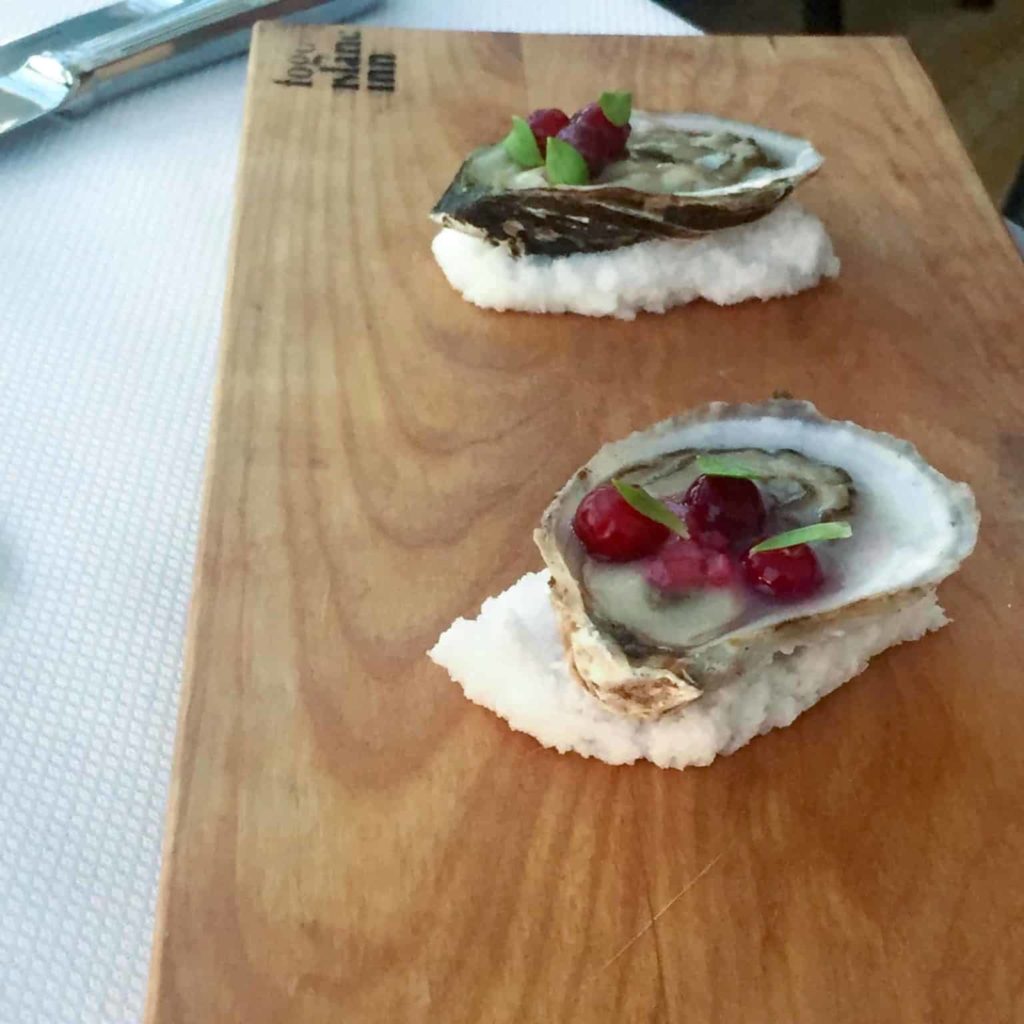
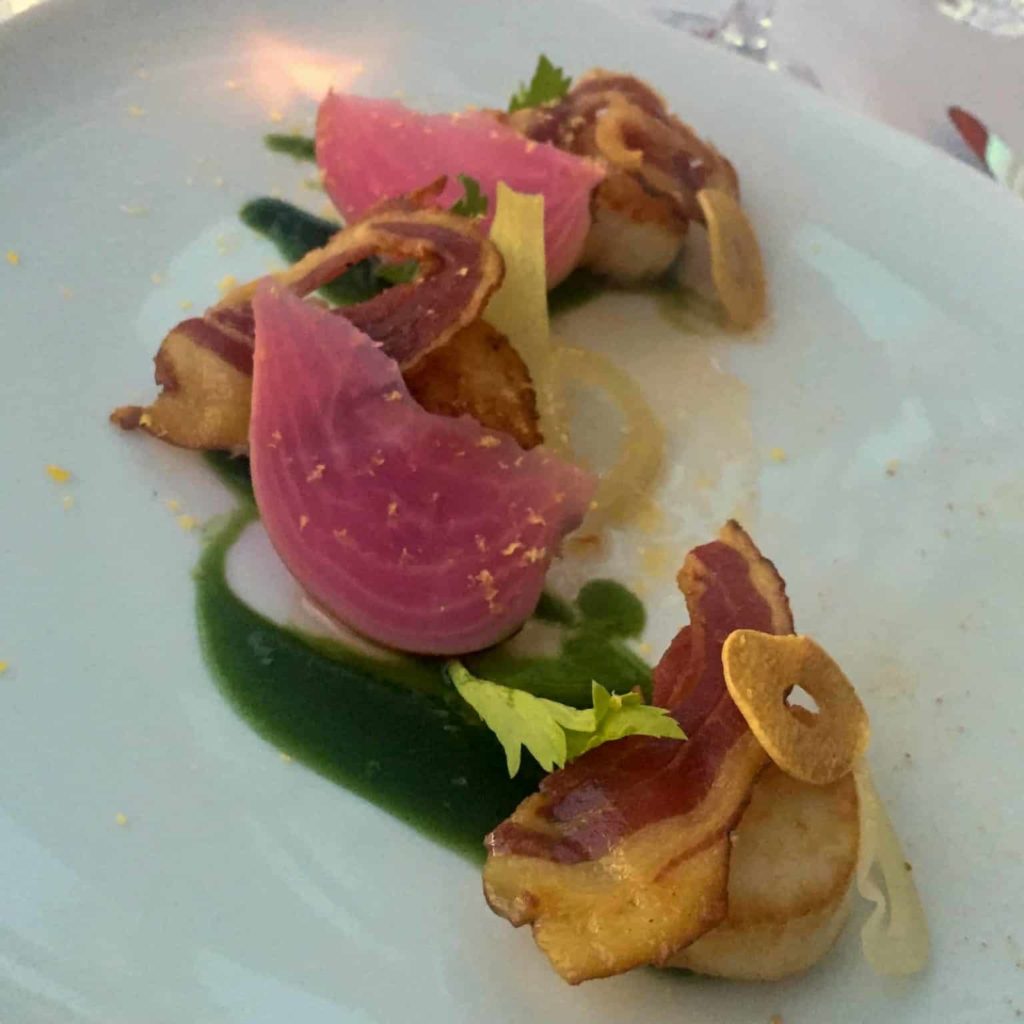
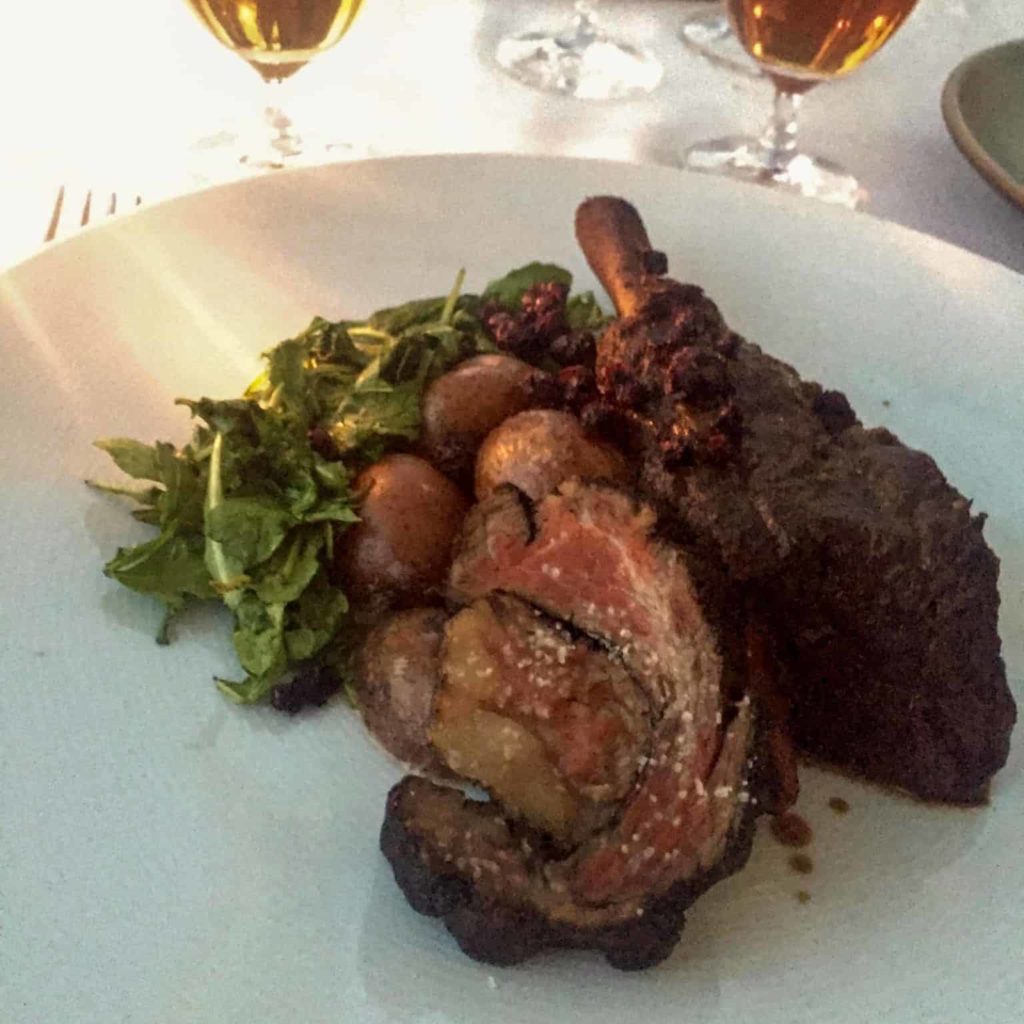
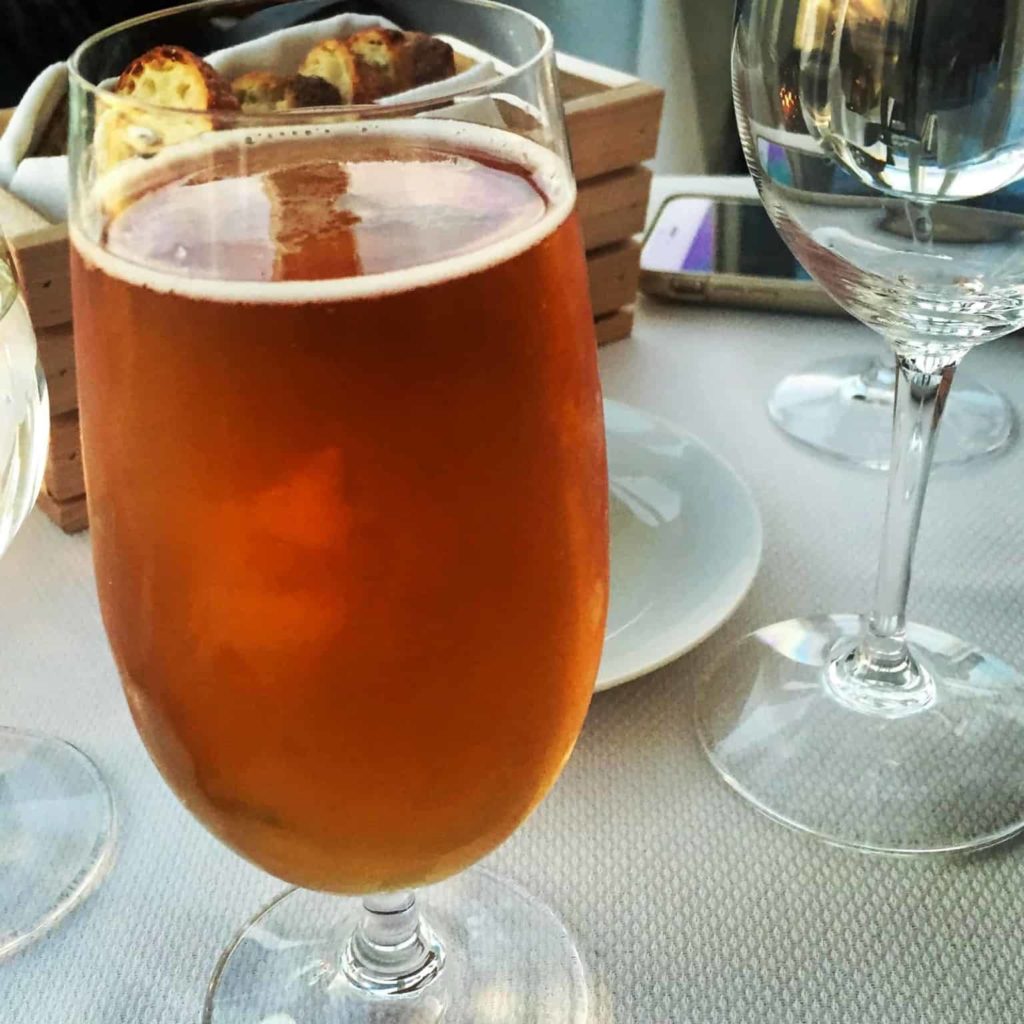
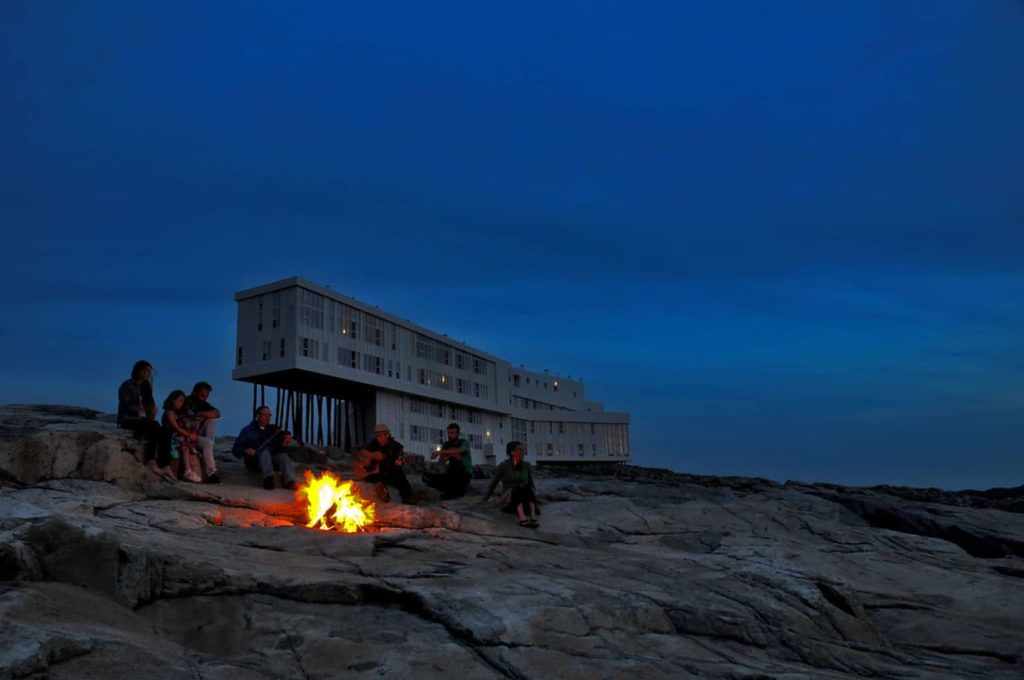
FOGO ISLAND Itinerary Day 2:
Breakfast & Waking Up By The Ocean
Waking up to the sound of the ocean is a slow and relaxing process. The tender push and pull of the sea on the shore is equivalent to someone you love, gently stirring you out of a deep, deep slumber.
The smell of fresh-baked bread fills the air.
Wondering where it was coming from, I opened the suite door to find two cute loaves of bread with fresh butter, water and various teas.
With a ferry to catch this afternoon, my brother and I head. out to the Town of Fogo and Brimstone Head.
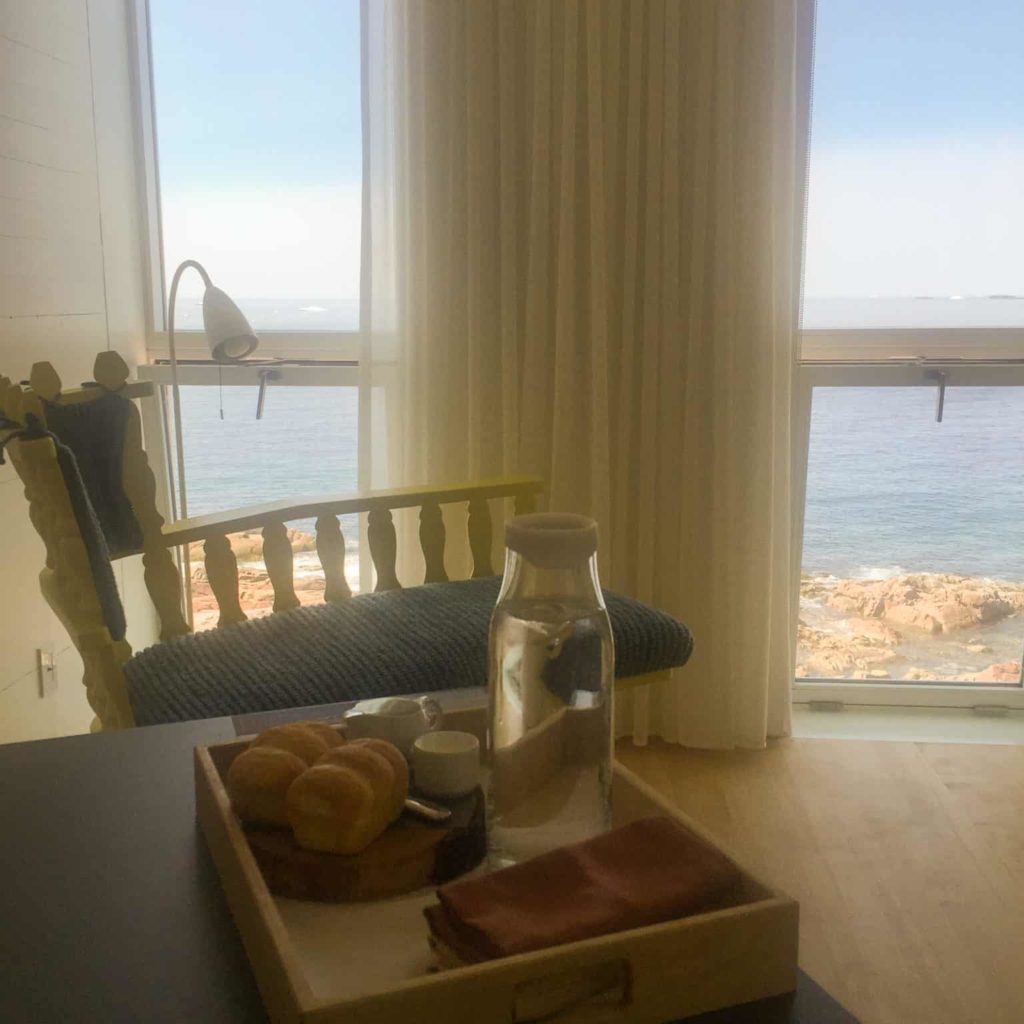

Town Of Fogo
It is situated on Fogo Harbour, along the island’s north shore. The Town of Fogo, from the 18th to 20th centuries, has been closely tied to the fishing industry and home to several fish merchants. It’s the second-largest community on the island, and possibly the location of the island’s first permanent settlement, which would have been around the early 18th century.
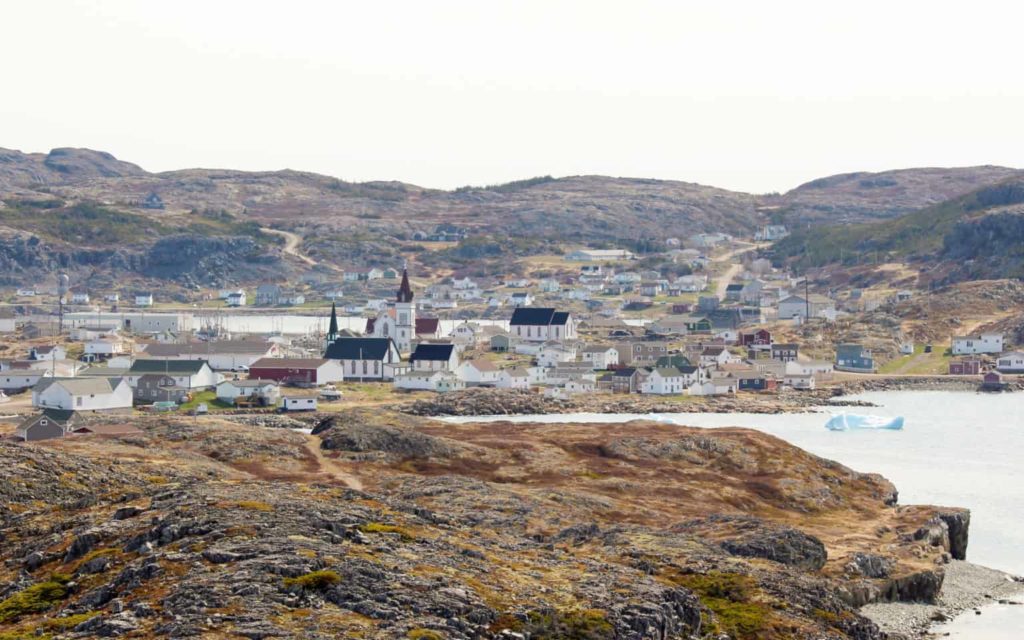
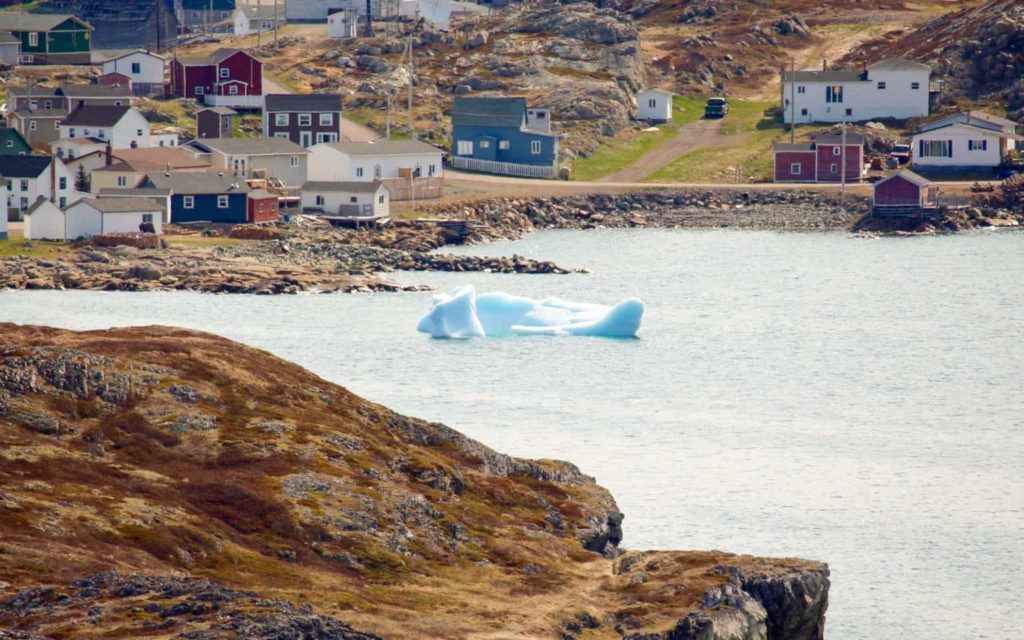
Hike the Brimstone Head Trail
The Flat Earth Society believes that Brimstone Head is one of the four corners of the Earth – that and it’s a personal favourite of many hikers.
It is not only a good trek but you’re rewarded with some fantastic views of the surrounding area, the town of Fogo and the Atlantic Ocean.
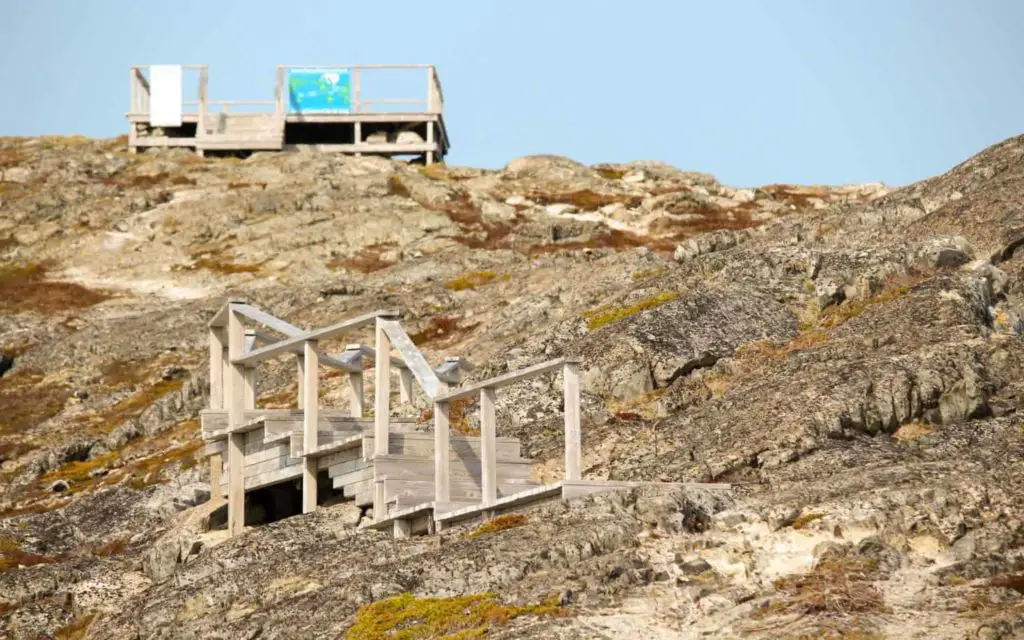
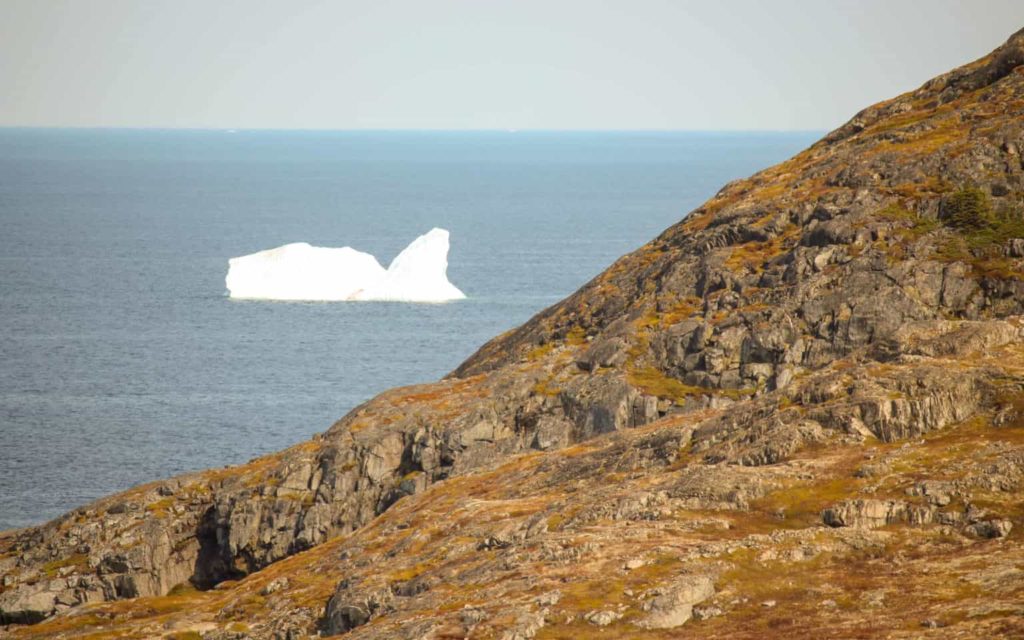
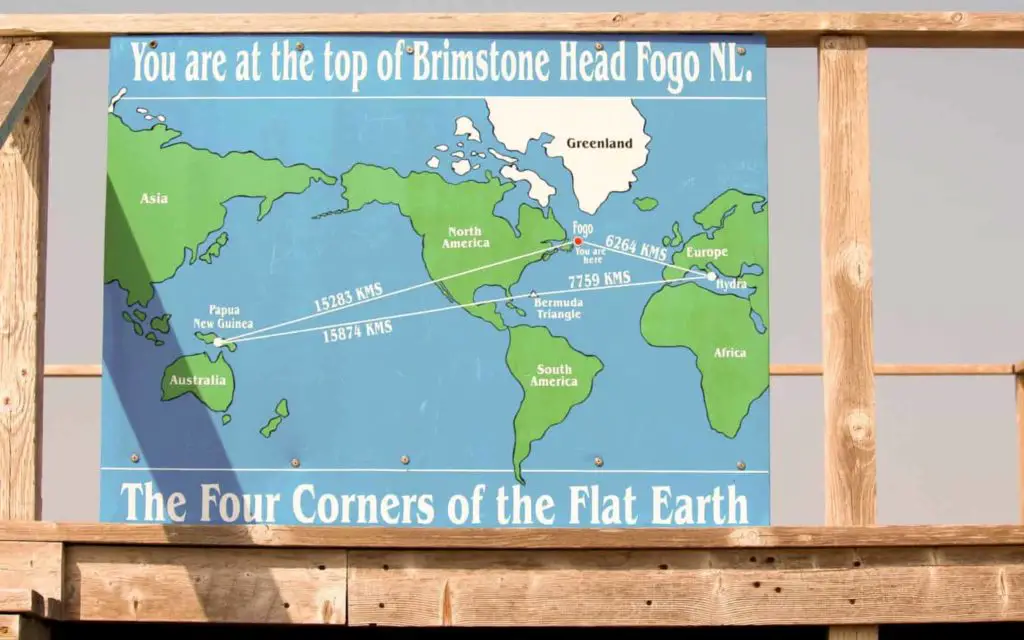
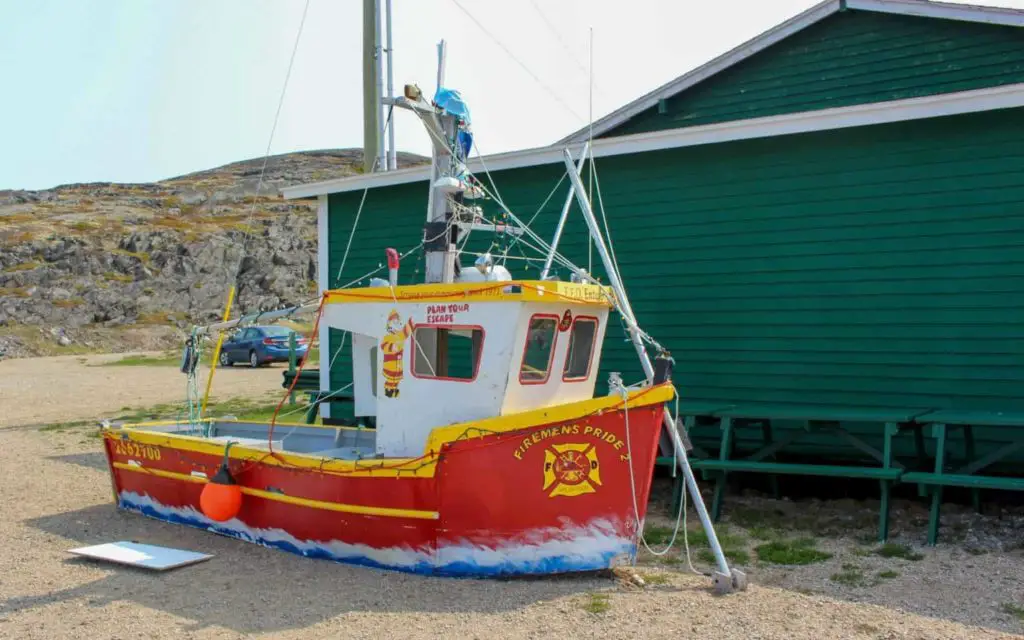
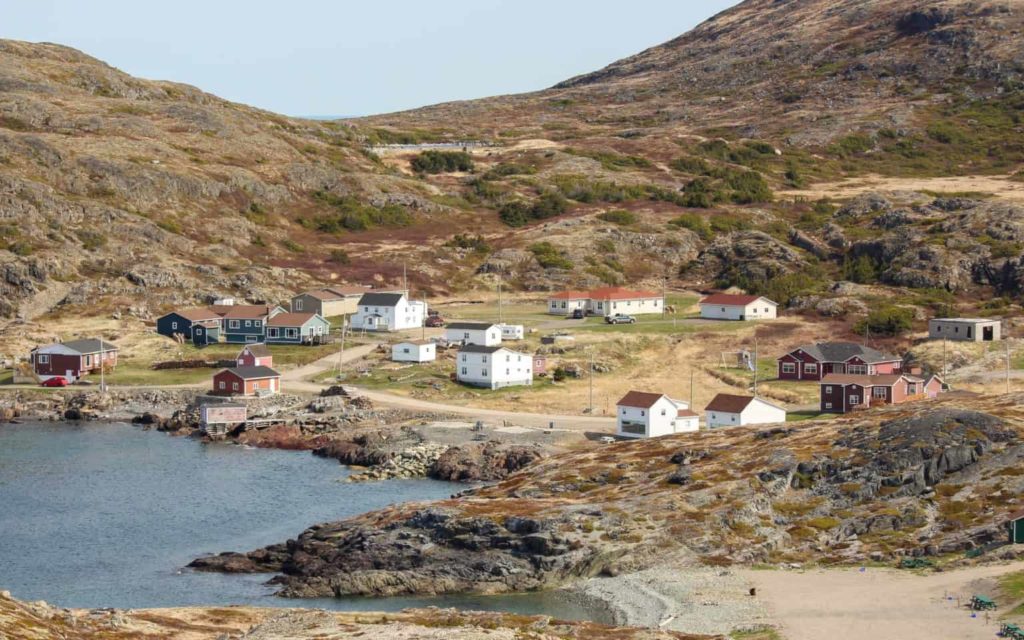
Visit the Irish-Canadian town of Tilting
The town of Tilting was first settled by the Irish in the 18th century which makes it unique for its Irish culture as well as its Irish dialect.
Tilting is also one of the oldest communities in Canada and The Irish Cemetery in Tilting may be the oldest in North America making Tilting a National Historic Site of Canada.
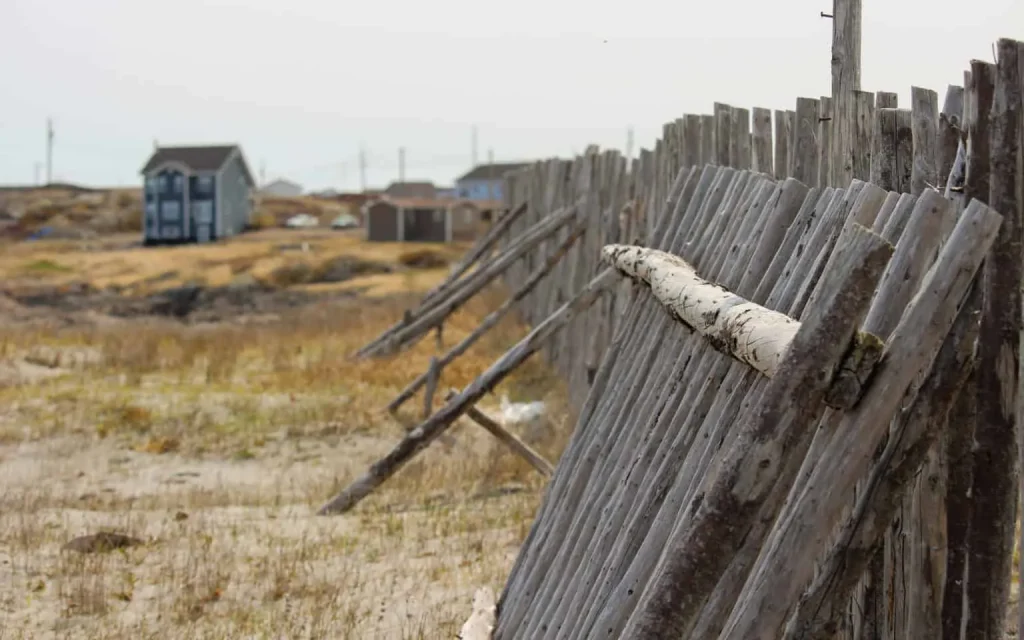
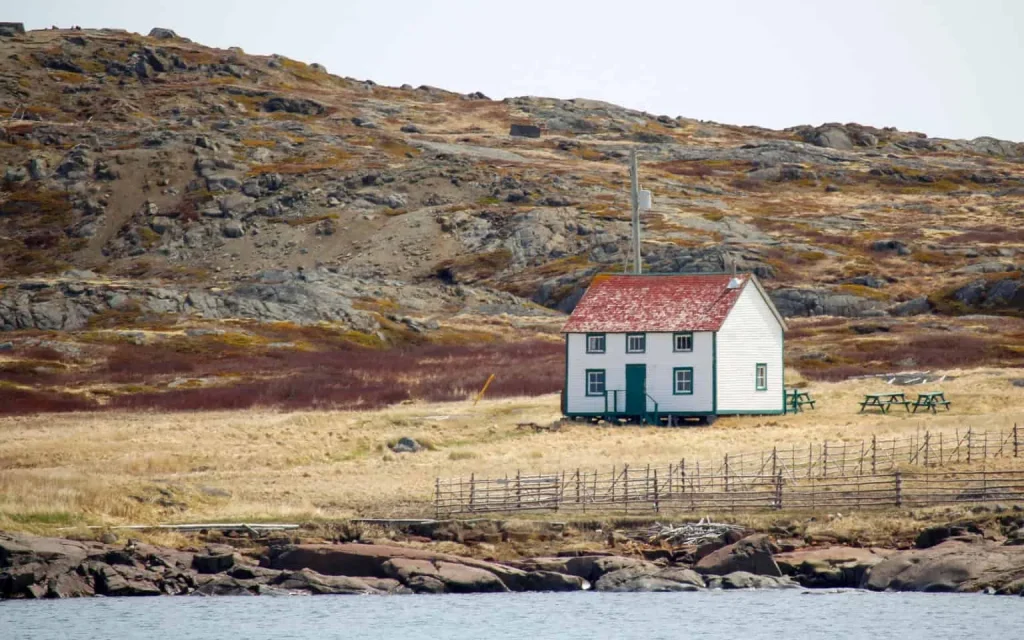

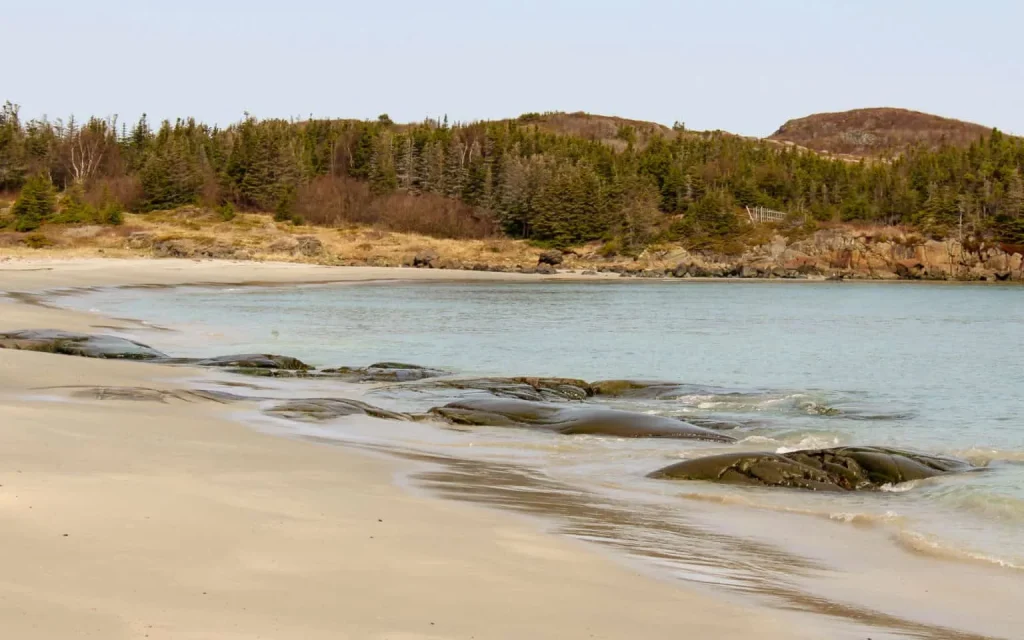
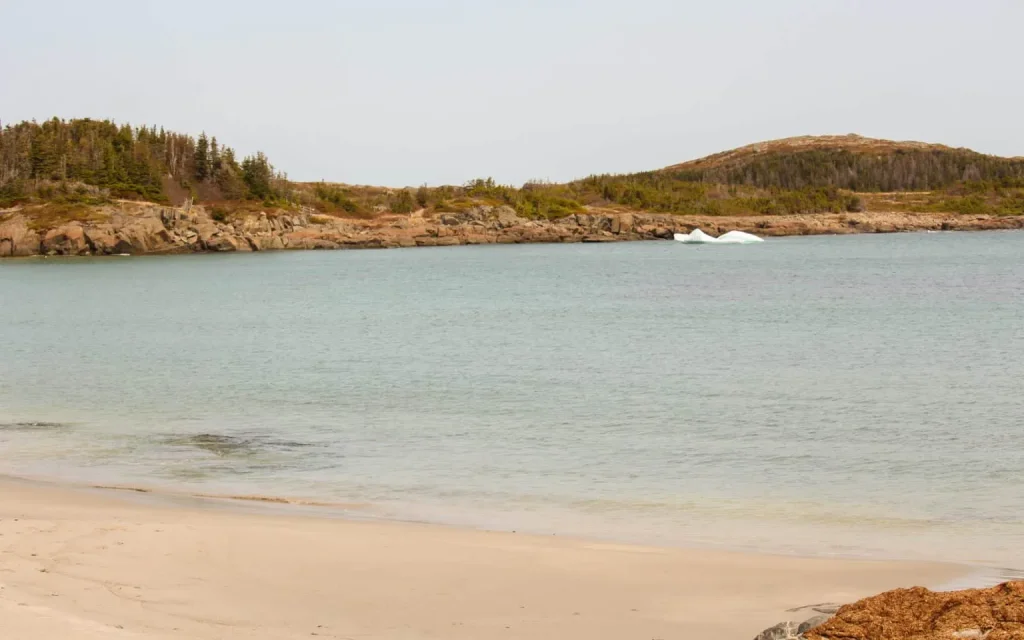
Lunch & Views of the ocean
The only other place that I’ve been that somewhat reminds me of the landscape here on Fogo Island, Newfoundland was the island of Gozo in Malta. Rocky yet smooth from years of the mighty ocean crashing against it. I’ve never seen Icebergs before so that in itself was an amazing experience but the Fogo Island Inn was absolutely incredible!
Nothing beats have the sound of the ocean gently rocking you to sleep!
I can sit and watch the ocean all day. It takes all my thoughts and worries and dreams and failures then compartmentalized them so I can learn from each. The icebergs tiptoeing across the ocean taught me patience while nature and filling my lungs with that fresh, cold, sea salt air was what I needed. To reset and recharge.
As my brother and I prepare to head back to St, John’s the Fogo Island Inn, packed us lunches and arranged a ride back to the ferry terminal – damn I’m gonna miss this place.
